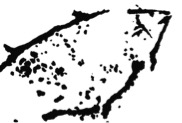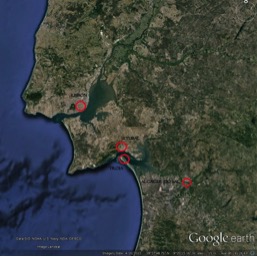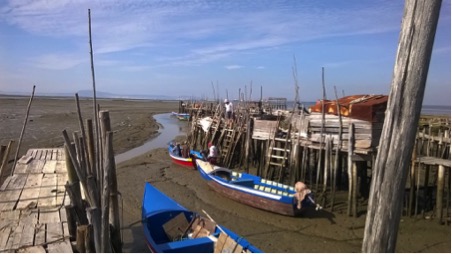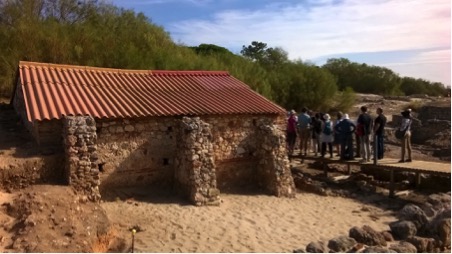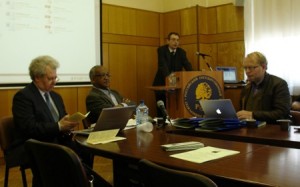By Rachael Hopley, Finalist, BA Classics
Being a classics student you are really spoilt for choice when it comes to summer schools. There are opportunities to brush up on your ancient language skills through the various JACT summer schools (Bryanston, Durham and Wells) or others such as at University of Swansea, Kings College London, University College Cork, or if you just fancy a bit of Homer, the Homer summer school at University College London. If you would like to immerse yourself in the classical world, JACT offers a Classical Civilisation and Ancient History summer school at Repton or you could apply to attend the undergraduate summer schools at the British School at either Athens or Rome, spending 2-3 weeks abroad in the hands of experts. I had the privilege of attending the JACT Greek summer school at Bryanston and, thanks to the Department’s Wardman bursary, the British School at Rome undergraduate summer school in the summer of 2015.
Bryanston, as the Greek summer school has become known, is an intense course. There were three hours of lessons a day (and as much work in between!), an afternoon seminar, evening lecture and opportunities to participate in plays and music as well as excursions on days off. It may not seem like a jolly way to spend the holidays but the small class sizes and frequent grammar tests worked wonders for my ancient Greek. Also, I was able to appreciate far more elements of the language, with some of my favourite seminars and lectures being David Raeburn’s readings (in translation and then in Greek) and Philomen Probert’s lecture on the debate of Greek pronunciation. Every year they also put on a production of a comedy (in translation) and tragedy (in Greek). A little shy, I was able to take a non-speaking role in the tragedy, which was a roaring success. As it was in Greek, you got a feel for how musical the performance of ancient plays would have been, with the chorus chanting to the beat of a drum. Bryanston’s comedies are always experimental and you can see how someone can play with ancient productions to pitch them to a modern audience (and see a few cameos played by renowned lecturers, which is always fun).
The British School at Rome undergraduate summer school was an immeasurably enjoyable and rewarding experience. Every day we explored a new theme (leisure and entertainment, death and burial, etc) through the sites and museums of Rome. We had the incredible guides of Robert Coates-Stephens, the Cary fellow at the school, and Ed Bispham, lecturer in Ancient History at Brasenose College, Oxford. In addition, the British School was able to obtain privileged access into sites normally not accessible to the general public. Highlights for me include going inside the Mausoleum of Augustus and into the substructure and top floors of the Colosseum. Having been focused strongly on just literature during my degree, I was able to better understand the use of archaeology in the study of ancient history while still using texts to bring sites to life.
These experiences were invaluable and I am extremely grateful to the Classics Department for the generous Wardman bursary which allowed me to go to the British School at Rome.


